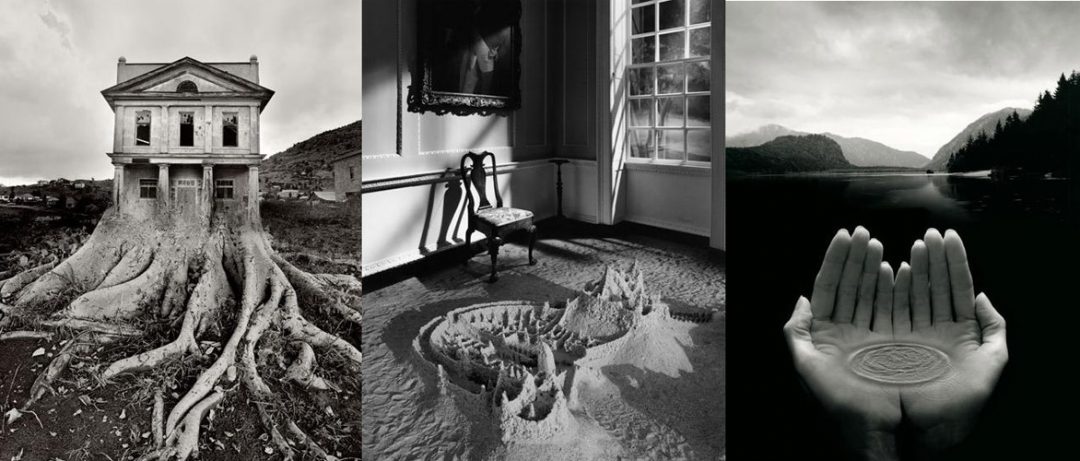Jerry Uelsmann – Detroit, Michigan
I guess you can say that Jerry Uelsmann is the reason Thomas Knoll invented Photoshop. Well, probably not,…but it’s a cool urban legend to tell at parties. Especially, if you live in Colorado. (just kiddin’, guys and gals) Although not the only one to feign use of PS, even today, (like Annelie Vandendael, and others), I do wonder what many modern day photographers would have done even 20 years ago.
Anyway, Jerry Uelsmann was born in 1934 and is a consummate American photographer. But he single-handedly started photomontage in the 20th century, perfecting every aspect of that darkroom magic.
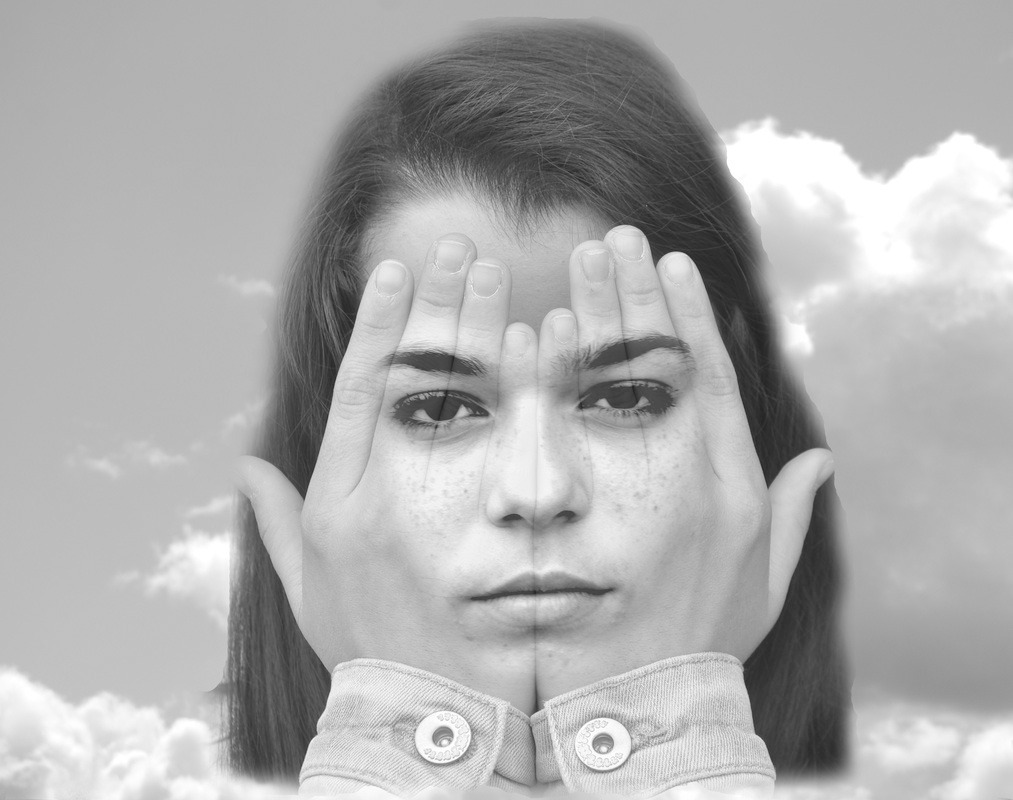
While attending public schools in Detroit, he took up photography at the age of 14. It was a great escape for a young man living in what he felt were drab surroundings. He wasn’t great at school, but he soon began photographing his friends. While upon graduation, Uelsmann earned his BA from the Rochester Institute of Technology, (the hometown of Kodak), and his Masters at Indiana University. His first job was teaching photography at the University of Florida. But by 1967, Jerry Uelsmann already had a solo exhibit at The Museum of Modern Art, in NYC. You can almost say he started his art career at the top.
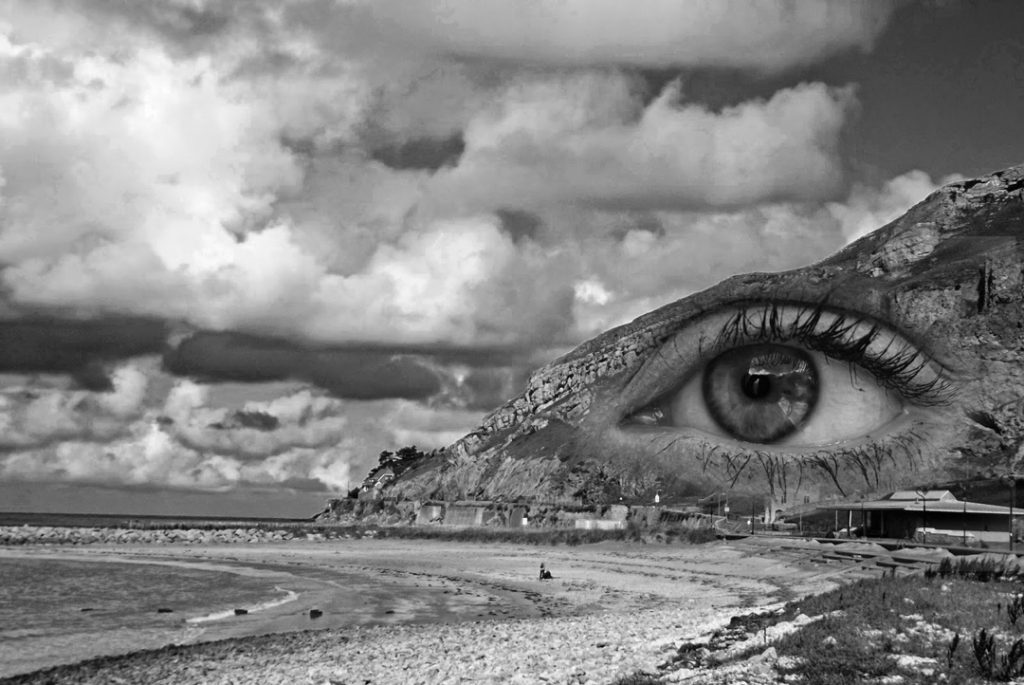
Master Printer Extraordinaire
Jerry Uelsmann is nothing if not a master printer. While working with multiple negatives, his compositions come straight out of the darkroom and his head. He uses up to a dozen enlargers at a time to produce his final images! No easy task, to say the least. Uelsmann carries one camera and not much else. His real magic starts and ends in the darkroom,…and he wouldn’t have it any other way. Yes, he makes mistakes in the darkroom, but with such a complex process, he considers it to be just part of the creative process. He’ll spend one day shooting, and weeks mulling over those negatives and proof sheets to arrive at a firm direction. He then sets his selected pieces into the large number of enlargers that he owns in his darkroom, and moves the photo paper progressively down the line, building up an image.
Uelsmann and Rejlander
The negatives that Uelsmann uses are known to reappear within his work, acting as a focal point in one work, and background in another. Similar in technique to Rejlander, Uelsmann is a champion of the idea that the final image need not be tied to a single negative, and may be composed of many. During the mid-twentieth century, when photography was still being defined, Uelsmann didn’t care about the boundaries given by the Photo Secessionists or other realists at the time, he simply wished to share with the viewer, the images from his imagination and saw photomontage as the means by which to do so.
Unlike Rejlander, though, he does not seek to create narratives, but rather true surrealism, in the vein of a Salvador Dali. Jerry Uelsmann is not a commercial photographer. Although he has had images used commercially. He mostly thinks of himself as an artist and teacher. He found his true calling, and went for it.
The Work
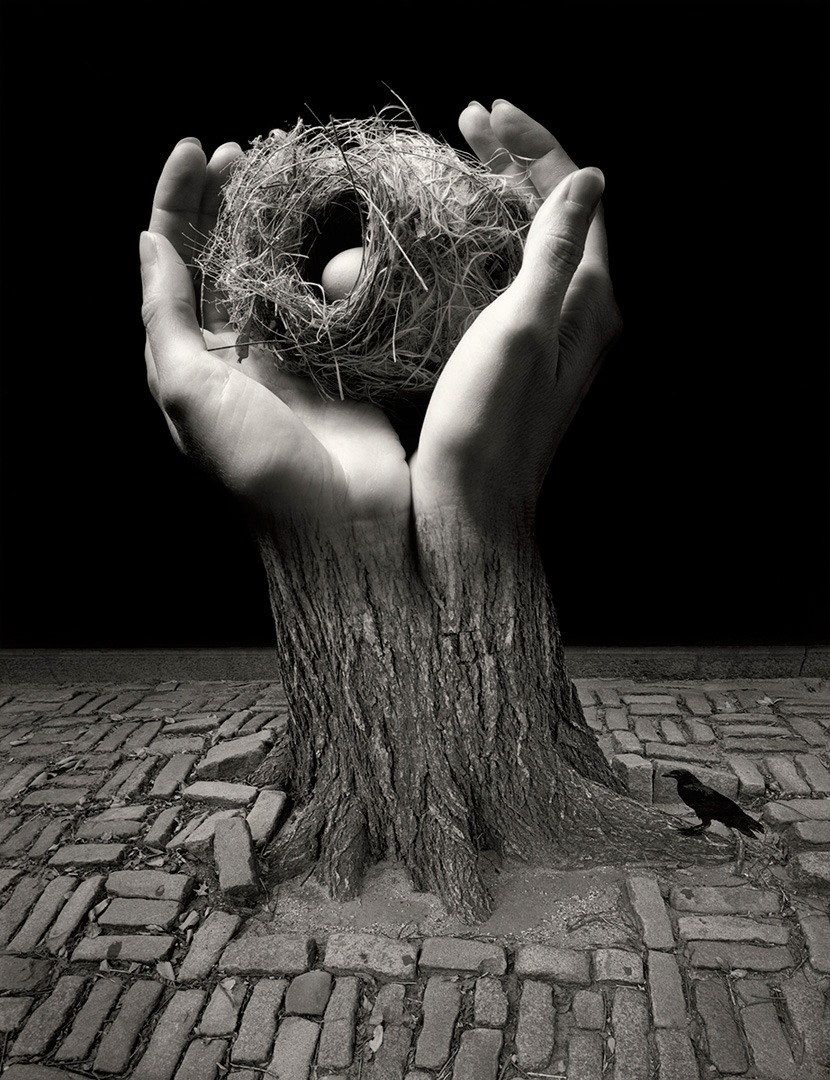
Jerry Uelsmann restructures and renews the typical landscape. (or still life, or portrait) As with all true artists, he sucks you in and makes you think. Not just about the mechanics of of the image, but of its’ meaning in your life. Jerry Uelsmann, along with Lucas Samaras, was considered the avant garde shatterer of the popular mindset that photography could only be documentary in nature.
No Digital, Thank You
Although digital has put his work into the hands of the many, Jerry Uelsmann continues to use traditional equipment. No computers here, or ever. He relishes the alchemy of the darkroom. Now he’s retired, and living in Florida with his wife. But still he works his magic, creating more than a hundred images a year.From these, he’ll release maybe 10 or so.
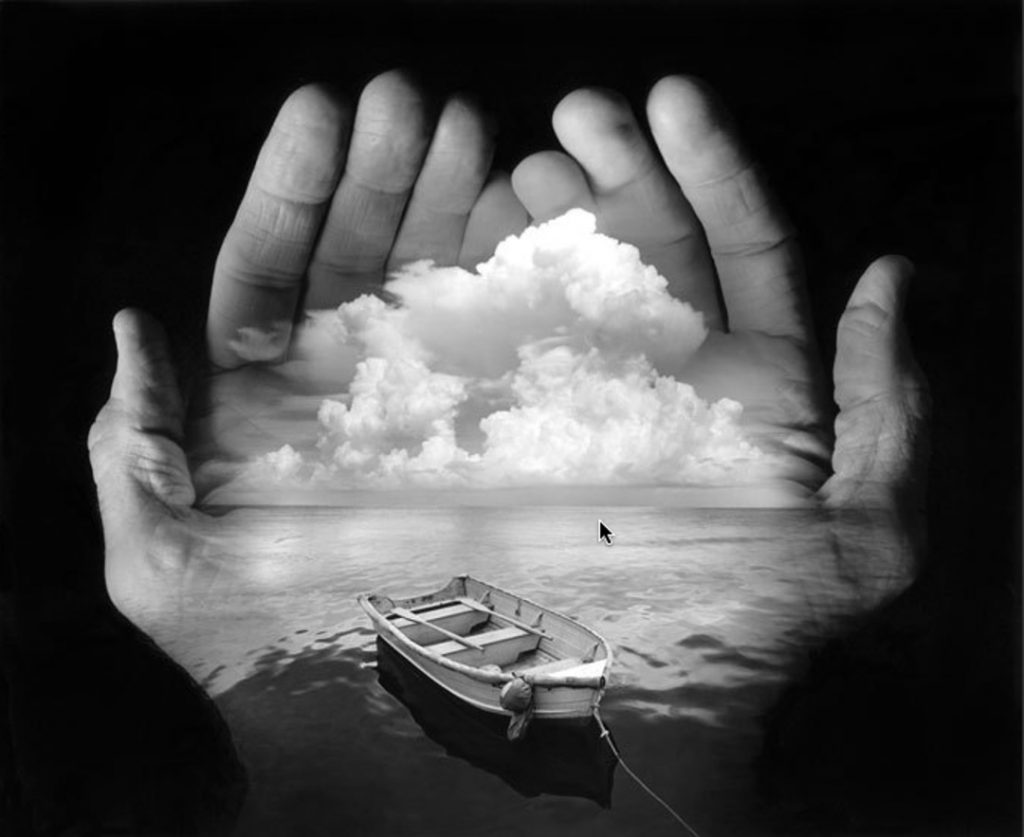
Jerry Uelsmann has received multiple awards and accolades, including a Guggenheim Fellowship in 1967 , National Endowment for the Arts Fellowship in 1972, Fellow of the Royal Photographic Society of Great Britain, plus he’s a founding member of The Society of Photographic Education.
Much is owed to the legacy of this man and his genius. Since his real genius was in the darkroom, most don’t ask about his camera. But he mostly used a Arca Swiss 4×5. Find Arca Swiss 4×5 or Canon 5D
Website

